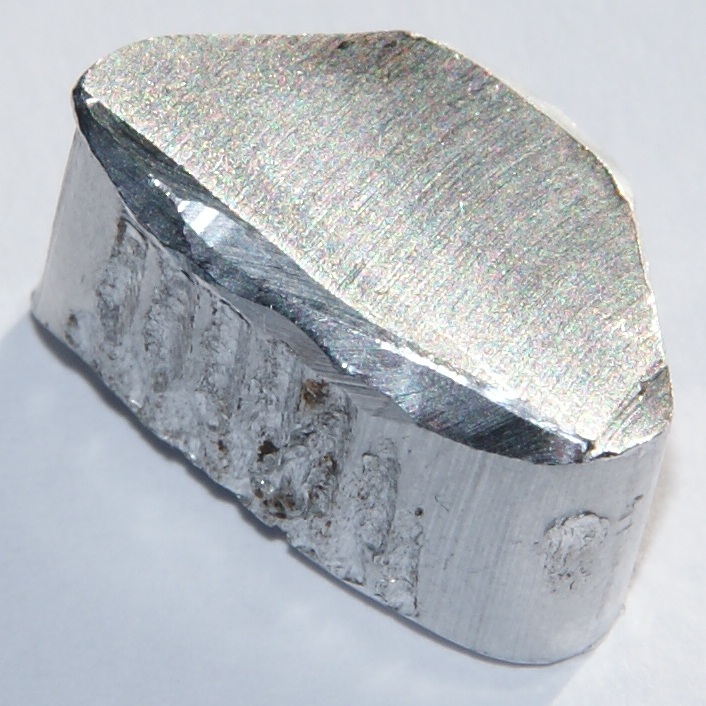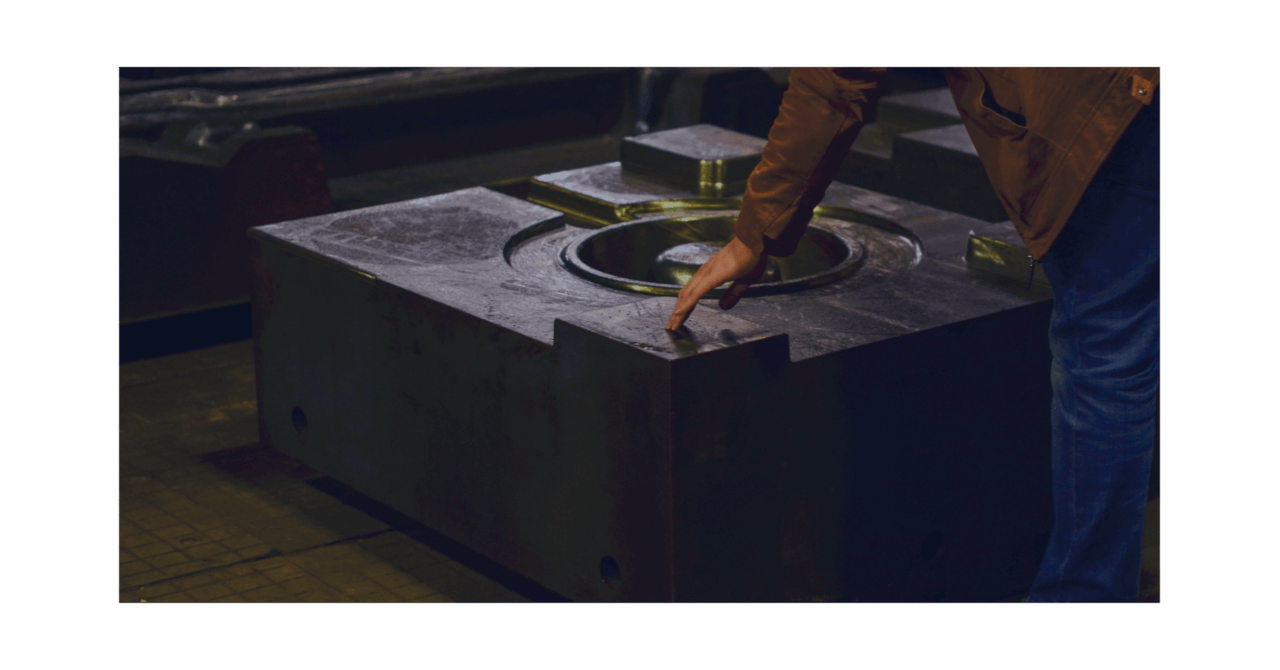Comprehensive Guide to the Uses and Manufacturing Techniques in Aluminum Shop Procedures
The extensive overview to aluminum foundry procedures presents crucial insights into the diverse applications of aluminum across various sectors. It methodically examines vital manufacturing strategies, thawing procedures, and molding techniques that contribute to accuracy and quality. In addition, the overview highlights the value of completing procedures that improve both mechanical properties and look. Understanding these components is important for anybody associated with light weight aluminum manufacturing, raising concerns concerning best practices and innovations in the field.
Overview of Light Weight Aluminum Casting Applications

In addition, the building and construction sector gain from aluminum spreadings in architectural aspects and architectural components, supplying sturdiness and resistance to deterioration. Durable goods, such as pots and pans and devices, likewise utilize light weight aluminum castings for their warmth conductivity and visual appeal. The electronics field depends on light weight aluminum for real estates and heat sinks, making sure effective thermal monitoring. On the whole, aluminum spreading's adaptability permits it to meet diverse market requirements effectively, solidifying its importance in contemporary manufacturing techniques.
Trick Manufacturing Techniques in Light Weight Aluminum Factory
In the domain of light weight aluminum foundry operations, different manufacturing strategies play a crucial function fit the last items that serve diverse industries. Casting Foundry. Key methods consist of sand spreading, pass away spreading, and financial investment casting, each offering distinctive benefits based upon the application requirements
Sand casting uses a blend of sand and binder to develop mold and mildews, permitting intricate geometries at reduced costs. Die spreading, on the other hand, uses high-pressure injection of liquified light weight aluminum right into steel mold and mildews, making sure precision and a smooth surface area finish, ideal for high-volume manufacturing. Investment spreading gives remarkable dimensional accuracy and surface top quality, making it suitable for complex designs.
In addition, techniques such as long-term mold and mildew casting and gravity pass away casting even more improve the versatility of aluminum factory procedures (aluminum foundry). Each approach is picked based on elements like production volume, component intricacy, and product buildings, making sure beneficial end results throughout numerous applications
Thawing Processes and Temperature Control
Reliable melting procedures and precise temperature control are basic for achieving suitable light weight aluminum foundry procedures. The melting of light weight aluminum commonly involves various techniques, consisting of crucible melting, induction melting, and rotating melting, each with its very own benefits and applications. Crucible melting is frequently used for little sets, while induction melting supplies effective home heating and consistent temperature level circulation.

Molding Methods for Precision Castings
Mastering molding strategies is essential for creating accuracy castings in aluminum factory procedures. Numerous methods, such as sand, financial investment, and die casting, play an important role in attaining wanted tolerances and surface area coatings. Sand spreading, as an example, uses a mix of sand and binder to develop molds, permitting intricate layouts and big parts. Financial investment spreading, on the other hand, makes use of wax patterns that are coated in ceramic product, resulting in extremely described and accurate forms. Pass away casting utilizes high-pressure shot of molten aluminum right into steel molds, guaranteeing regular measurements and rapid production prices.
Each technique has its benefits and is picked based upon elements such as complexity, quantity, and mechanical residential or commercial properties needed. Reliable mold design, including venting and gating systems, additionally boosts the top quality and accuracy of the finished product. Recognizing these molding strategies enables factories to satisfy particular market needs and boost total functional efficiency.
Completing Procedures to Improve Light Weight Aluminum Elements
Ending up processes play a critical role in boosting the performance and visual appeals of light weight aluminum elements. These procedures, which follow casting, goal to enhance surface high quality, rust resistance, and mechanical buildings. Usual strategies consist of machining, which fine-tunes dimensions and surface area coating, and sprucing up, which improves visual appeal by creating a smooth, reflective surface area.
Plating is one more considerable process, providing a long lasting oxide layer that shields versus wear and rust while allowing for color modification. In addition, powder coating supplies a vast variety of surfaces and colors, ensuring both defense and aesthetic enhancement.
Sometimes, elements may go through shot blasting to enhance and remove contaminations adhesion for succeeding coatings (Casting Foundry). Generally, these finishing processes are important for optimizing the functionality and life-span of aluminum components, making them appropriate for varied applications across numerous industries
Regularly Asked Concerns
What Safety Procedures Are Necessary in Light Weight Aluminum Foundry Workflow?
In aluminum foundry procedures, vital security actions consist of personal protective tools, correct air flow, fire prevention methods, regular tools upkeep, training for workers on hazards, and keeping clear emergency situation procedures to ensure a safe working atmosphere.
Just How Do Environmental Laws Impact Aluminum Foundries?
Environmental laws significantly influence aluminum factories by applying criteria for site here emissions, waste administration, and source intake. Compliance usually necessitates investments in cleaner innovations and processes, inevitably influencing functional expenses and manufacturing performance within the sector.
What Career Opportunities Exist in Aluminum Shop Workflow?
Numerous job possibilities in light weight aluminum shop operations consist of functions such as factory professional, mold and mildew designer, quality assurance examiner, procedure designer, and manufacturing manager, each contributing to efficient production and ingenious procedures within the market.
Exactly How Is Quality Control Achieved in Light Weight Aluminum Casting?
Quality assurance in light weight aluminum spreading is accomplished through rigorous evaluations, standard testing treatments, and making official website use of sophisticated innovations. Routine monitoring of temperature level, make-up, and dimensional accuracy guarantees items fulfill specified standards and client requirements.
What Are the Common Issues in Aluminum Castings and Their Reasons?
Typical flaws in light weight aluminum spreadings consist of surface, shrinkage, and porosity roughness. Causes frequently stem from incorrect mold and mildew style, poor putting techniques, and contamination, impacting the overall integrity and performance of the end product.
The extensive guide to light weight aluminum shop operations offers essential insights right into the varied applications of aluminum across various markets. Light weight aluminum spreading plays an essential function in different markets due to its versatility and favorable residential properties. Die casting, on the various other hand, utilizes high-pressure injection of liquified aluminum into steel molds, ensuring precision and a smooth surface coating, ideal for high-volume manufacturing. Furthermore, techniques such as permanent mold casting and gravity die casting better boost the versatility of aluminum factory operations. Mastering molding methods is necessary for creating precision castings in light weight aluminum factory procedures.